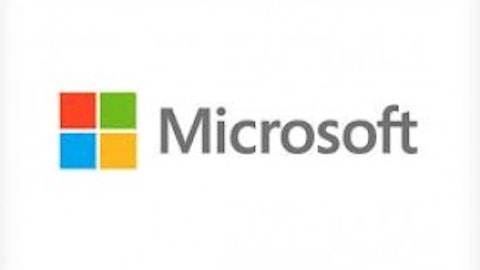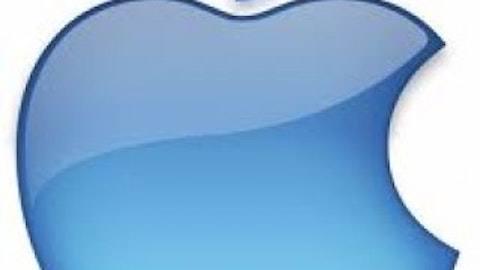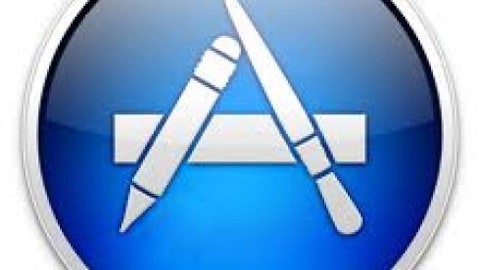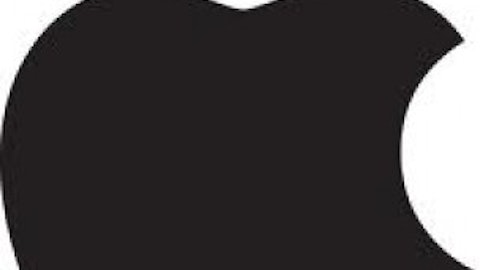
Remember when tablets first hit the market? When Apple Inc. (NASDAQ:AAPL) first released the iPad in spring of 2010, not everyone quite got it. Believe it or not, there was a time when both consumers and analysts didn’t think that anybody would want what seemed like an oversized iPod Touch.
However, tablet sales exploded, and soon every tech giant from Samsung to Amazon.com, Inc. (NASDAQ:AMZN) launched a tablet onto the market. According to research firm Gartner, tablet sales grew by 97% in 2012, an increase of nearly 60 million units.

Source: Gartner.
Now that the textbook market is within reach, tablet sales are set to jump even higher.
Kids like screens
What if every high school student in America were issued a tablet on the first day of freshman year? What if it became necessary for every college student to buy a tablet upon enrollment? Those days aren’t as far off as they might sound.
E-books have a fixed production cost and a marginal cost of zero, meaning that each additional book sold doesn’t cost the producer a dime. Therefore, relative to hardcover books, e-books can be sold far more cheaply.
Yes, e-book producers won’t pass every dime of that savings on to consumers – but marketing costs or affiliate payouts aside, e-book dealers like Amazon.com, Inc. (NASDAQ:AMZN) can use the proceeds from new e-book sales to offset fixed production costs. This means that they will be able to keep excellent margins no matter how cheaply they choose to sell digital textbooks.
In the eyes of savings-hungry college kids, the large initial cash throw down required to buy a tablet might equate to four or five brand new hardcover textbooks. But when you realize that a typical college student will buy 40 books or so in four years, all of a sudden a tablet looks quite attractive.
Textbook publishers hurting
On July 2, textbook giant Cengage Learning filed for Chapter 11 bankruptcy protection, lining up a deal that would erase more than $4 billion in debt from its balance sheet. Cengage’s revenues peaked in 2010 at $2 billion, but revenues slid 7% and dropped to $1.8 billion in 2011, enough to cause serious trouble.
What happened? Two things: debt, and the iPad.
In 2007, Cengage was acquired from Thompson Reuters by a partnership led by private equity group Apax Partners for $7.75 billion. According to Apax CEO Michal Hansen, $7.75 billion was too much, and the high price overburdened Cengage with debt. Hansen also said that “what happened recently was the market came under pressure on the print side,” alluding to the pressure from tablets and digital textbooks. It’s fitting, then, that Cengage now plans to restructure to support its “long-term business strategy of transitioning from traditional print models to digital educational and research materials.”
Cengage isn’t the only textbook company negatively affected by tablets. Conglomerate McGraw Hill Financial Inc (NYSE:MHFI) recently sold its education unit in an effort to lifts its struggling stock price. The move was triggered by activist investors who were tired of seeing the declining education business weigh down McGraw Hill Financial Inc (NYSE:MHFI)’s stock price. Unsurprisingly, education didn’t fit into the company’s new “growth and value plan.” I think that the firm made the right call: since the March sale, McGraw Hill Financial Inc (NYSE:MHFI) has seen its stock rise 19%.





